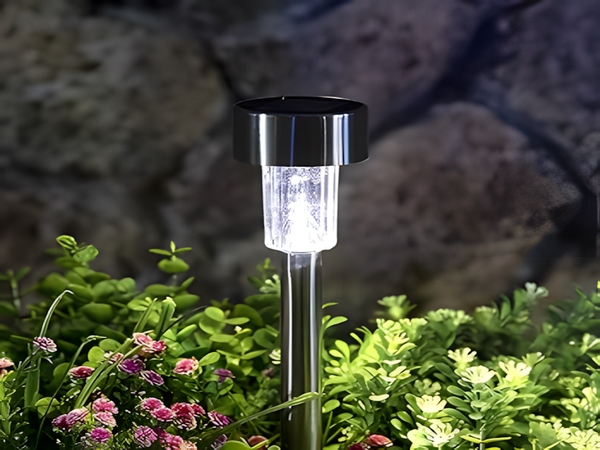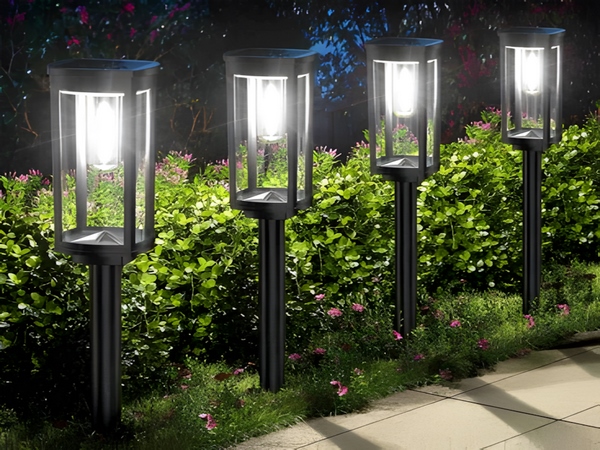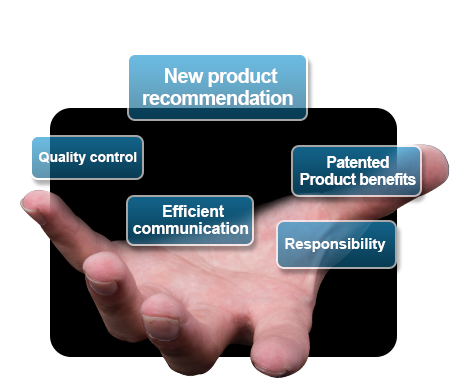
The main customers of solar street lights are government units rather than ordinary consumers, making it a relatively special and closed industry. Solar smart street lights have undergone a long development process from the initial sodium lamps and mercury lamps to the current solar street lights. However, several technical issues have arisen during this development.
So far, solar street lights have been used in China for about ten years. Breakthroughs in power supply, power drivers, heat dissipation technology, and optical technology occur every year. However, some basic technologies have yet to be resolved in China. Lightning protection for LED street lights is one of the issues that need to be addressed.
Lightning strikes are a phenomenon of electrostatic discharge, which can carry millions of volts of voltage from clouds to the ground or from one cloud layer to another. During transmission, lightning generates an electromagnetic field in the air, creating thousands of volts of voltage (known as surges) on power lines and inducing current that can travel miles away. These indirect strikes typically occur on outdoor exposed wires, such as lamps, traffic lights, base stations, and other devices when they emit surges. Surge protection modules directly confront surge interference on the power supply lines at the circuit front end. They divert or absorb surge energy to minimize surge threats to other operational circuits, such as AC/DC power devices in LED lighting equipment.
For solar street lights, lightning can induce surges on the power lines. The energy from these surges generates a sudden wave on the power line, known as a surge wave. Surges propagate through this induction method. The external surge wave will create peaks on the sine wave of the 220-volt power line. When this peak enters the street light, it can damage the LED street light circuit.

Solar street lights have been around for many years. Why do street lights need lightning protection now? In fact, the high-pressure sodium lamps and traditional mercury lamps used in the past were designed with high-pressure bulbs that inherently had lightning protection. In recent years, LED lights have gradually become popular. LED lights require a lower power supply voltage and are usually driven by converting AC current into DC current through a power supply. This diminishes the built-in lightning protection available in LED street lights, necessitating the design of lightning protection modules for them.
The importance of lightning protection for street lights is determined by the concept of the payback period. As the price of solar smart street lights is about twice that of traditional street lights, and the government’s initial investment is relatively large, it becomes necessary to gradually recover costs during operation by saving on electricity expenses. Consequently, the lifespan of LED lights is extremely important. If LED lights fail within the payback period before recovering costs, additional funds will be required for repairs, with repair labor costs being double that of installation. Therefore, in the age of LEDs, ensuring that the lifespan of the lights meets expectations is crucial for achieving energy savings and cost efficiency. To save costs and ensure that street lights do not fail within the investment recovery period, increasing reliability is essential. This necessitates the addition of lightning protection modules to solar street lights to maximize economic benefits.

